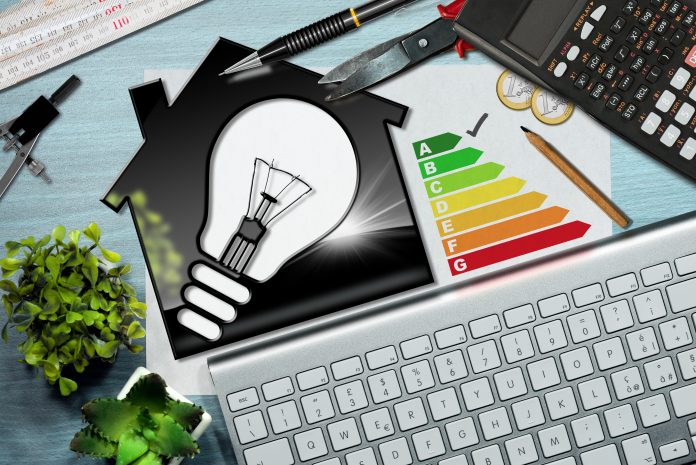Expert in energy-saving digitalisation, Tim Burke, argues that we can go greener for a lot less
There is an increasing expectation that our society needs to be much greener. This expectation has fuelled a desire for more efficient services, energy systems, buildings and office spaces, and increased pressure on all industries, public or private to reduce waste and consider their environmental impact. In the aftermath of the pandemic, money is tight for many organisations, but thanks to advances in digital technology such as the Internet of Things (IoT), the buildings in which we work are now able to go greener for a lot less.
Old buildings, new tech
Digitalisation can play a key role in meeting consumer demands whilst unlocking multiple business benefits, such as driving down costs and lowering carbon footprints. By grabbing hold of the real opportunities of digital transformation, organisations can take the next step in energy efficiency and create more environmentally friendly buildings.
So how does IoT help to save energy and create smarter, more sustainable buildings? An effective IoT solution can provide enhanced visibility and enable real-time monitoring and management of assets, achieved by layering IoT technology over existing infrastructure and systems to gather data on everything from air conditioning to lighting systems. IoT software uses millions of data points collected daily to identify opportunities and inefficiencies, which can then be converted into real energy savings through informed action and real-time automation. This approach, from monitoring data, to identifying opportunities, to taking action, can lead to a rapid transformation in building energy efficiency and provide both environmental and financial benefits.
By using IoT technology to not only identify, but also contextualise against other relevant factors such as weather, building occupancy and utility rates, advanced software solutions can be utilised to fully optimise assets and buildings. Through a fully integrated, single platform, building management teams can deploy energy-saving optimisations at the touch of a button.
Take lighting, as an example: using IoT software, an analysis of current lighting infrastructure can be undertaken, identifying any faulty lights, drifted schedules, or severe inefficiencies. These issues can then be rectified through small automatic adjustments or sweeping manual overrides, for example, replacing unreliable sensor-driven schedules with software-driven schedules and aligning them to astronomical clock data. This improves user experiences, increases energy efficiency, reduces maintenance requirements, and has been shown to deliver multi-million dollars in energy savings almost immediately.
Controls agnosticism
All of this technology sounds great, but it’s prohibitively expensive, right? Not necessarily.
Much of the thinking behind IoT is based on the premise of a blank slate, where modern, environmentally compliant technology can be wheeled in and switched on. Traditionally, the introduction of new infrastructure into an existing IoT solution would require vigorous planning, high initial costs and asset downtime during installation and maintenance. But things are changing thanks to innovations in “plug and play” approaches to sustainability.
Controls agnostic software solutions can integrate with nearly any existing connected machines, creating a software layer above all of the existing data and sensors that a building has installed. Practically, this means that organisations can digitalise their stores without the need to rip out old machinery and replace it with expensive building automation systems. For example, a controls agnostic solution could connect to a building’s HVAC (heating, ventilation, and air conditioning) infrastructure, regardless of its make or how old it was, reading the data coming from the machines and working out how it could change its behaviours in order to become more efficient. This data analysis is fast, which can result not only in rapid decarbonisation of a building, but also a rapid return on investment for organisations who install them.
With a broad societal acknowledgement that we need to improve sustainability and curb energy consumption, organisations will be turning to new solutions as they look to navigate old challenges in an era of tightening belts post-pandemic. Advances in IoT technology are making the buildings in which we work more sustainable than ever, and for a lot less money than you may think.











